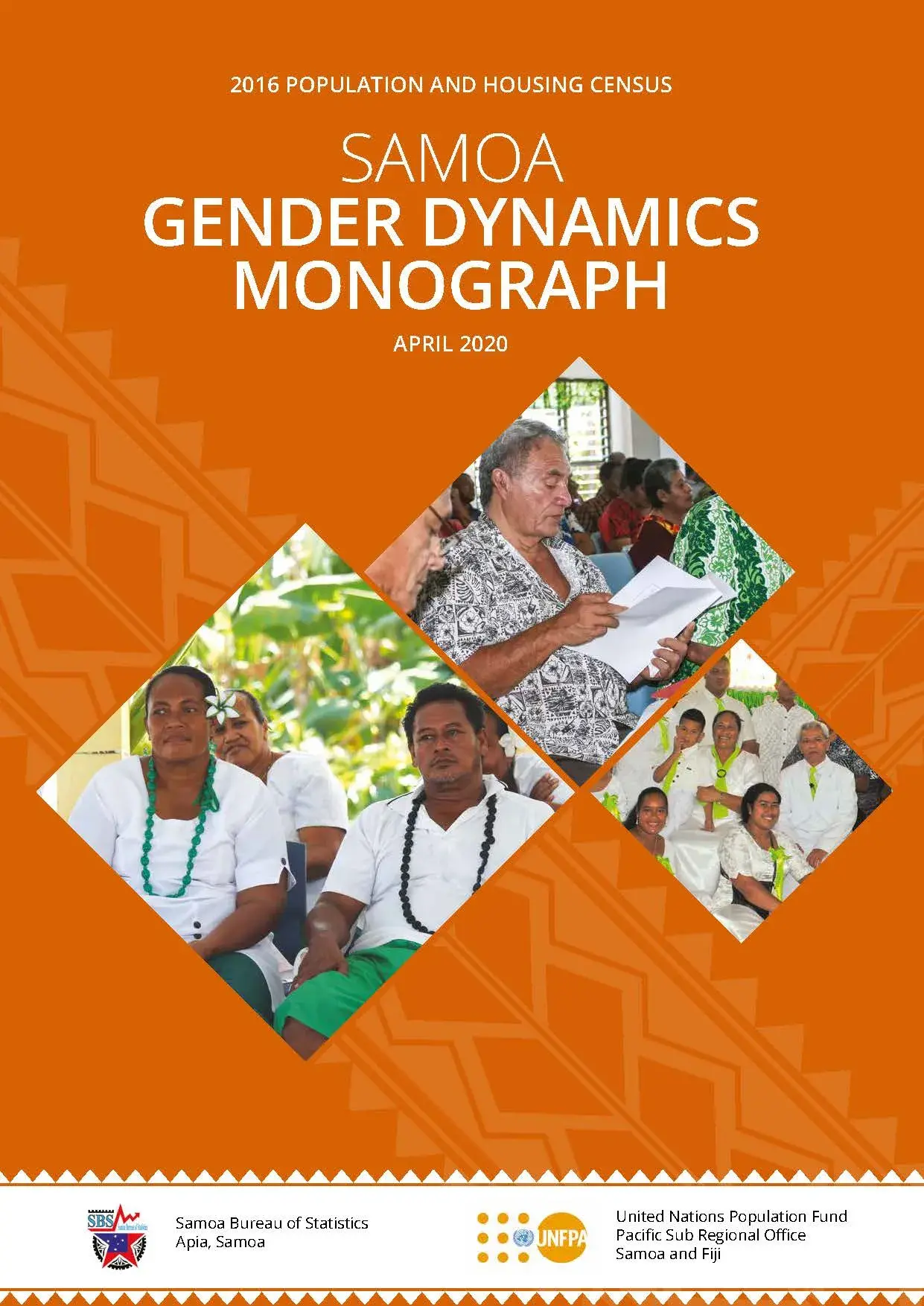With the strong sentiments of “leaving no one behind” and “reaching the furthest behind” the Sustainable Development Goals (SDGs) have put gender inequality at the forefront and centre of sustainable and inclusive development. Sustainable Development Goal (SDG) 5: “Achieve gender equality and empower all women and girls” recognizes that women and girls worldwide face many challenges that limit their full participation in social-political and economic development opportunities. Women, children, and people living with a disability, including those living in isolated and hard-to-reach communities, are often the most marginalized members of a society and are therefore most vulnerable
and at risk of being left furthest behind in accessing services, basic needs, and many other opportunities. The Government of Samoa has acknowledged the existence of gender inequality in Samoa. The Strategy for the Development of Samoa 2016-2020 stipulates under Outcome 8.1 that the: “Inclusion of vulnerable groups (women, youth, people with disabilities, children, elderly and disadvantaged people) in community planning and governance activities will be enhanced”. The United Nations Population Fund (UNFPA) further recognizes that the empowerment of all women and girls, and the realization of reproductive rights in both development and humanitarian settings, is essential to advance gender equality and achieve universal access to sexual and reproductive health by 2030, as well as to realize its strategic vision of zero maternal mortality; zero unmet need for family planning; and zero gender-based violence (GBV) by 2030. One of the many ways in which UNFPA supports countries, including Samoa, in their efforts towards achieving the 2030 Agenda and gender equality is through strengthening national data capabilities. This includes the generation of effective and reliable population data, disaggregated by sex, and analysis to use demographic intelligence for evidence-based policy, advocacy and programming. This gender monograph provides a detailed analysis of the social differences that exist between females and males in Samoa based on available national census data and information, administrative data and information, and other existing available research and studies. The evidence-based analyses of national census data and other available information presented in this monograph, confirms that gender inequalities and disparities exist in our society and need addressing. This monograph further provides recommendations on key areas for policy and programme considerations to address gender inequality in Samoa.
Who we are
What we do
SAMOA GENDER DYNAMICS MONOGRAPH 2020

Publisher
UNFPA Pacific
Number of pages
162
Author
UNFPA Pacific
Technical Reports and Document
SAMOA GENDER DYNAMICS MONOGRAPH 2020
Publication date
30 April 2020

